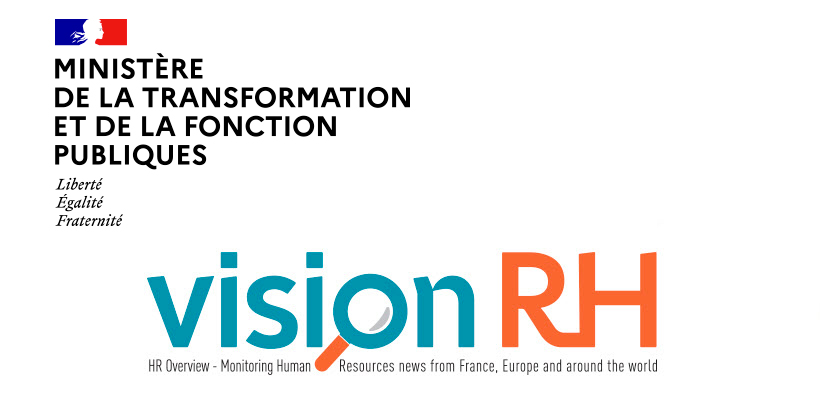Helping parents and caregivers strike a better work/life balance
Published in the Nr 38 - October 2021
MONTHLY FOCUS
The responsibility of being a parent or a regular caregiver for a dependant often means needing to be available at times that aren’t always compatible with a standard work schedule. And so every measure designed to facilitate work/life balance can have a direct impact on the quality of life at work.
Government employers are also coming to the same realisation, recognising that they need to do more to attract employees and also consider the needs of a changing society.
The first bump in the road often comes with the birth of a child. To address this, paternity leave was introduced, but uptake is still not widespread as it is not always mandatory—although a European directive will make it so in 2022. In Spain, an agreement was signed with unions in 2021 to set paternity leave at 16 weeks for civil servants. The government wanted to create a “social pact for the future” to help eliminate the gender imbalance between the careers of mothers and fathers.
Next, during the early childhood years, some parents may decide it makes sense for them to take time off work. That means transitioning to parental leave, the pay for which is often much lower, and it is women who take it in the majority of cases. Sweden has managed to reverse the trend by giving parents a combined total of 480 days, with 90 days specifically for fathers. And there are tax breaks for couples who decide to divvy up their leave allotment equally.
Then there’s the issue of how parenthood impacts the pace of career advancement. In Estonia, unpaid leave taken to raise a child is factored into career progression decisions. The measure has helped lower the pay gap to less than 1% and ensure fairer access to promotions.
And what parent hasn’t had to contend with an unplanned childcare emergency? In Germany, many government offices have dedicated parent-child rooms (Eltern-Kind-Zimmer) where employees can work while caring for their offspring in a kid-friendly environment.
For parents with young children, a good alternative for gradually returning to work can be opting for a shorter work week, or even shorter work days. In Italy, parents get one month of paid leave per year for three years that can be either banked or taken in increments, down to the hour, allowing for a shorter work week without having to change to part-time status.
And what about other types of caregivers? The United Kingdom civil service has introduced initiatives to help employees with caregiving responsibilities, which it estimates applies to 23% of its workforce. One such initiative is the carer’s passport, a document that records the flexible work arrangements made to help an employee combine work and caregiving. That way, these arrangements won’t need to be renegotiated in the event the employee changes roles, departments or managers.
Faced with an aging population and the desire to stamp out a culture of presenteeism, Japan now requires public employers to either offer employees shorter working hours or cover the cost of caregiving responsibilities.
Many countries, like France (1), have introduced dedicated caregiver leave, where employees are compensated either at a flat rate or at a percentage of their salary. In Belgium, it was decided that time )spent caregiving for a family member suffering from a loss of independence and requiring regular care will count toward retirement calculations (in terms of time). And in Canada, civil servants are now only required to pay the employee share of pension contributions made during a period of caregiving leave.
1 Decree 2020-1557 of 8 December 2020 introduced caregiver leave in the French civil service.
- For more information: oecd.org

